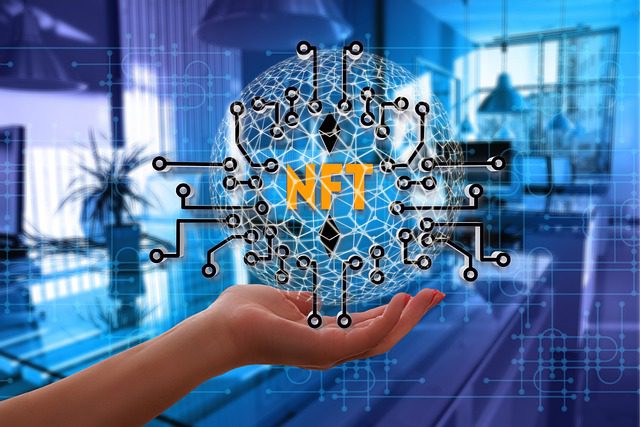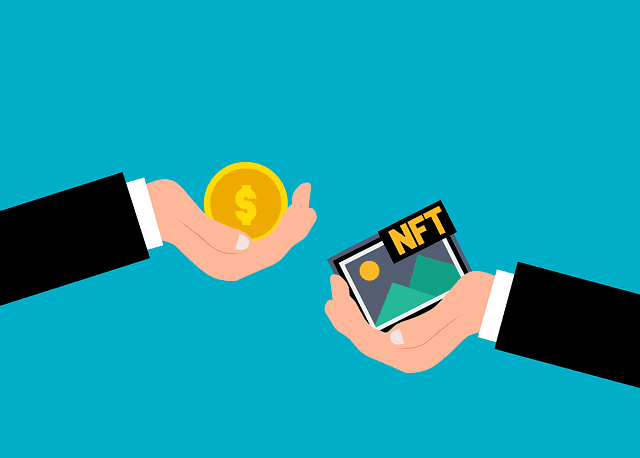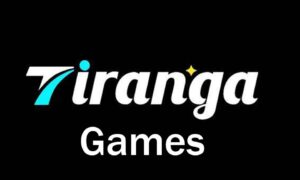NFTs have become the new buzzword, with celebrities, artists, and sports stars releasing new versions of these digital assets daily. You may have heard about CryptoPunks, read a news story about Bored Ape NFTs, or noticed that someone you followed had a new digitized avatar on Twitter. Mainstream game publishers have recently begun looking into how they can incorporate NFTs into titles in their stables. While NFTs in games are still in their infancy, many argue that these digital assets could change the face of gaming forever. Read on below to learn about the future for NFTs in gaming.
Transform In-Game Economies
Blockchain technology promises to transform economies within video games. Instead of in-game items like character skins and weapons being exclusive to the game’s internal world, they would become NFTs that players owned. Owning an NFT means you could sell it to another player for a profit or take it with you to another game. While this may sound like a great idea, you might also worry that the digital item you purchased could be copied or lost if developers decided to move updates to a new blockchain in order to resolve a disagreement. This is something called a hard fork. However, there’s no need for concern. Whenever you purchase an NFT, the transaction is recorded on the blockchain and, in the event of a hard fork, you’d own both versions. So, all those in-game skins would be yours until you decide to sell them.
Play-to-Earn Games
Every gamer’s dream is earning money to play video games, and NFTs are making that dream a reality. Until now, gamers had to fork over money to play their favorite titles or spend money on in-app purchases to progress further in their favorite games. NFTs have opened up the gaming world to a new model that allows players to trade and sell in-game digital assets, making a good deal of money in the process.
That’s not all; players can generate money when playing NFT games. There are all types of rewards for playing NFT games, including cryptocurrency tokens and NFTs that players can use or sell. These games also allow users to put their creative skills to work, making in-game assets they can sell to others on crypto marketplaces. These assets enhance the gaming experience and enable creators to profit from their work.
Many ask how one places a value on an NFT, and there’s no clear answer to this question; it all depends on what the market demands. Like creative works in the real world, NFTs are valued based on their aesthetics and usefulness to the game. A rare NFT will also sell for a larger amount than common digital assets.
Some of the most popular play-to-earn NFT games are Axie Infinity, Decentraland, and the Sandbox. All of these games reward players with NFTs or digital cash, with gamers playing them as full-time jobs in some countries.
Functional NFTs
When you think of NFTs, you may think of artists and graphic designers turning artwork into digital assets. And you would be correct; several artistic NFTs have sold for millions of dollars in the past year, making their creators famous. However, NFTs are more than just a link to an image or video; they also have real-world utility in the form of smart contracts that store metadata, including stats for game characters.
All of these uses for NFTs are new and game developers are trying to work out the kinks, but it’s a cumbersome process. This means we may have to wait several years before we see NFTs used in this manner in video games. Beyond that, in the future, NFTs may be issued to give their owners access to special events in the metaverse or to a VIP area in an online game. There are many possibilities. Whatever happens, the future appears bright for NFTs in gaming.




































